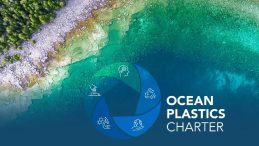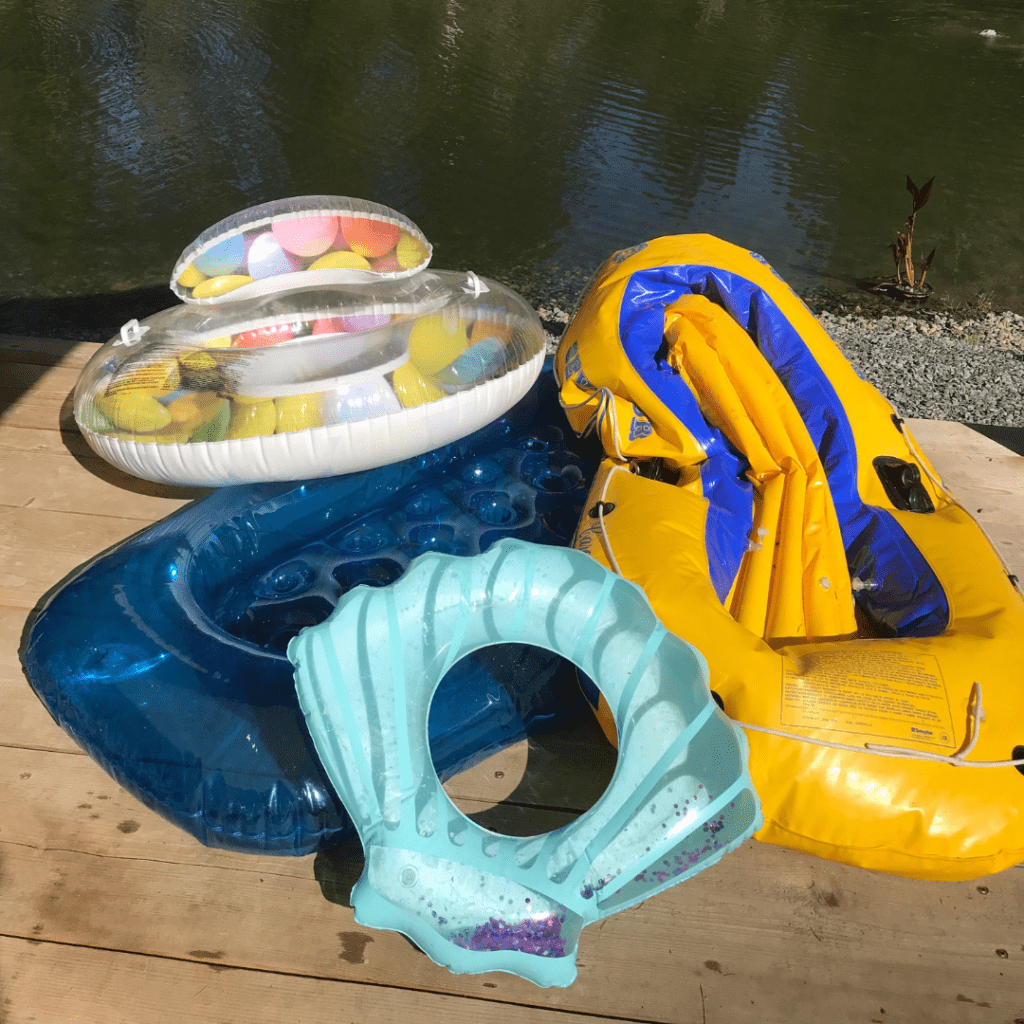
With the heatwave this year, Canadians were heading to our lakes, rivers and oceans to cool off, and what’s a day on the water without an inflatable pool toy?! There’s nothing like cooling off on the lake, reclining on a huge inflatable unicorn or flamingo. Inevitably, that time of year is coming where the days get shorter and the temperature slowly drops, so what happens to all our gloriously garish inflatables? Some may be kept to see another summer, but many are simply not needed anymore and end up in the trash. Some are just discarded at the lake, left to be swept into our waterways and oceans leaching out chemicals and endangering marine life. So what can we do to prevent this?
First of all, let’s dig a little deeper. What are our variously styled pool floats made from? They are usually made out of very durable polyvinyl chloride, aka PVC. There are two general forms of PVC, rigid and flexible; the latter being used to make our beloved floatation devices. This means that plasticisers have been added to give it its flexible quality. Now, bear with me here, the main type of plasticisers used are a compound called phthalates. Since these phthalates aren’t chemically bonded with the plastic products that contain them, they can easily escape and spread into the environment during the product’s lifecycle. Phthalates have become global pollutants and can now be found in the deepest points of our oceans. Fortunately, the Canadian Cancer Society states that “the average Canadian is exposed to fairly low levels of phthalates”. “Low levels” still means exposure and we can increase our exposure by using various products that contain these chemicals- like PVC floaties. Children can have even higher exposure by sucking on toys made of plastics that contain phthalates! Just something to consider the next time you’re at the pool, since PVC is typically 30-35% phthalates. Whilst we’re on the subject of what our pool toys are made from, you might want to know that chlorine is used in its production. Don’t worry, I’m not going to go into details, but if you are interested in how chlorine is used, take a look here. What I do want to talk about is how much energy is used. Chlorine production for PVC alone consumes an estimated 47 billion kilowatt hours per year – equivalent to the annual total output of eight medium-sized nuclear power plants! And PVC doesn’t just stop at floaties; many of our summer activities involve other PVC items, such as beach balls, inflatable pools, and even water wings. The amount of energy needed just to provide us with these disposable items is outstanding.
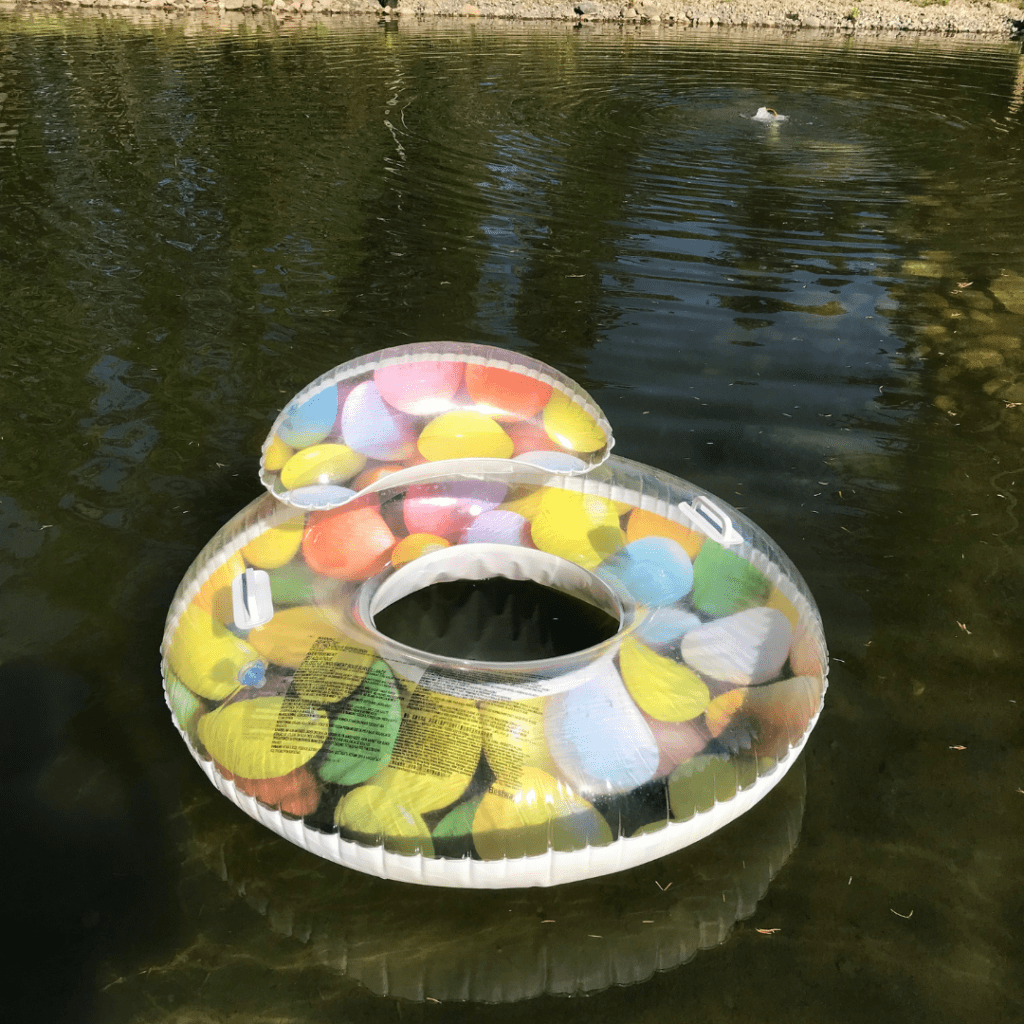

As I’m sure you can see, there’s a bigger picture here. It’s not always just about how you dispose of your unused items, we’ll get to that. It’s actually thinking about the production process itself. How much energy does it take to make certain products, and what impact does this have on the environment? Pool floats might seem like a great bargain, but actually they have a huge environmental cost for potentially just one summer of fun. It doesn’t look like the inflatables industry is going away, so try not to be lured into buying the next new design. Use what you already have and make sure you’re taking care of your products; dry them, deflate them and store them properly so that they don’t degrade and then you can keep reusing them for years to come. Have a puncture? Repair it, if you don’t have a puncture repair kit, duct tape will do the job! The best thing you can do for the environment is to keep these items going for as long as possible. In fact you are actually exposing the environment, and yourself, to fewer chemicals each time you use it, just think of that overwhelming plastic smell when you first open the packaging and how it fades with use. The longer these types of materials are around, the less phthalates are released into our waters, another good reason to reuse them!
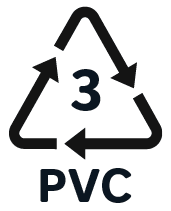

Image from The Plastic Bottles Co.
What I find interesting is the lack of information on disposing of all that pesky PVC. This is probably due to the fact that PVC, seen as the recycling symbol with a number 3, is one of the hardest plastics to recycle. It can’t simply be put into the recycling. All the various components that are added to PVC make it extremely difficult and inefficient to recycle. A lot of recycling plants aren’t even equipped to deal with it. The only way to find out if you can recycle it in your area is to contact your local district office or waste management centre. Unfortunately, they are few and far between. So when you research your area and decide that driving 6 hours to the nearest depot isn’t for you, what’s your next option? Surely if you put your PVC in the trash or take it to your local dump, rather than leaving it at the lake, at least you’re disposing of it responsibly, right? I see your point, but unfortunately thanks to the array of chemicals in PVC, some of which are known as ‘Persistent Organic Pollutants’ (or POPs), your unicorn is resistant to environmental breakdown. These chemicals, such as phthalates, will remain in the environment for decades to come. They don’t just remain in their place of origin either, POPs travel through air, water and soil, they are found everywhere in our environment. We should all know by now that plastics can sometimes take 100’s of years to degrade, one study in particular found that PVC had no measurable degradation after 32 years. I’m going to repeat that, no degradation after 32 years! Putting these items into the landfill might seem like the next best idea, but in reality we are just moving the problem elsewhere, releasing ourselves from the responsibility of our actions. And in doing so we continuously add trash to a never ending pile which releases chemicals as it decomposes, chemicals that will likely end up in our oceans. But out of sight, out of mind, right?
So recycling is difficult and landfills are definitely not the best option. Is there anything else we can do? Depending on the condition of your inflatable, you can give it to someone, or see if your local charity shop can take it. Another option is to up-cycle it; there are some awesome companies out there that can turn PVC into brand new items, like waterproof bags. Unfortunately, Canada seems to be lacking in said companies so any Canadian entrepreneurs out there, we need you! You could always try and get thrifty yourself. Up-cycling at home is a great way of extending the life of a product. However, if you’re getting rid of your floatie just because you want to upgrade to the newest trend then there is no net reduction in the production of PVC, you are still contributing to the problem.
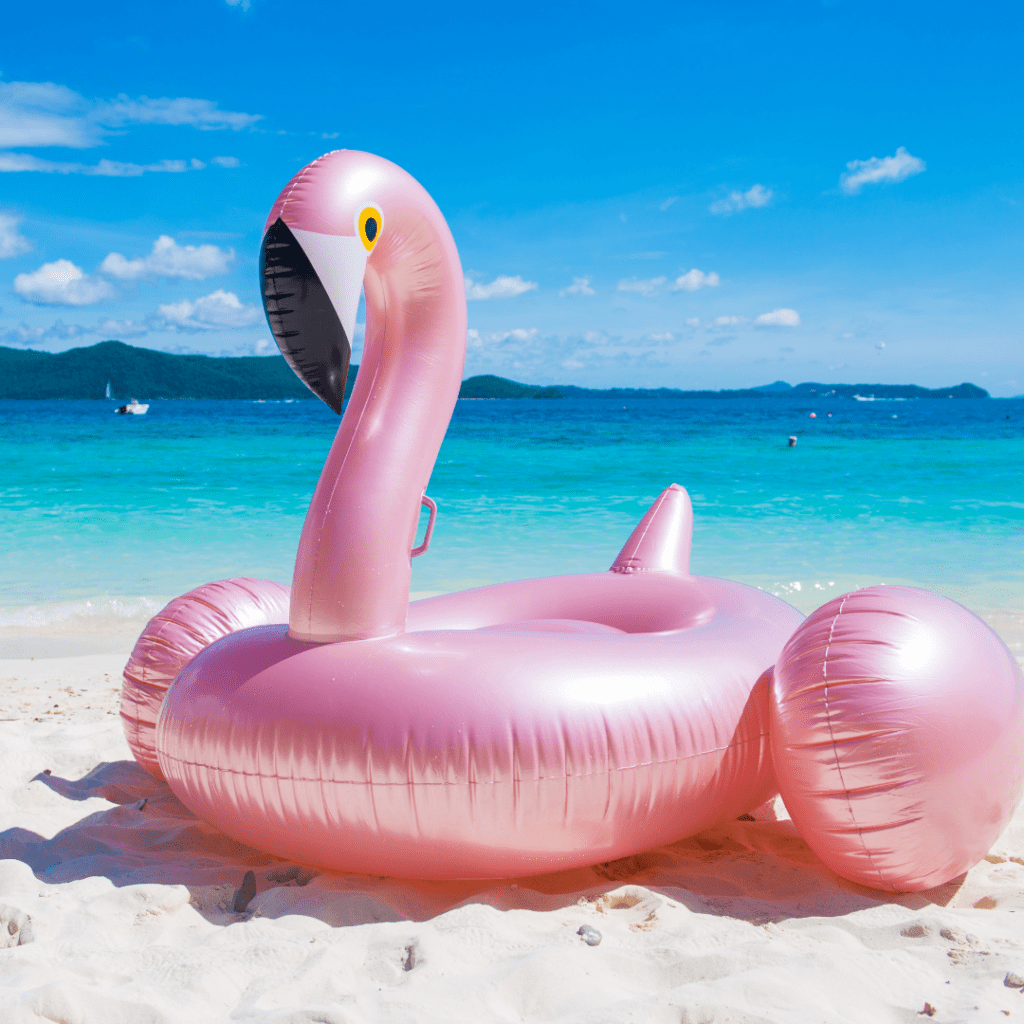

I know this all seems like a lot of work to dispose of one item, but that is exactly my point. However taxing this might feel for you, it’s way more taxing on the environment. Various studies and environmental activist groups have all come to the same conclusion: that PVC is the most environmentally damaging plastic out there, and if we continue to buy all the crazy new designs each year, there is no way we can tackle this problem. Recycling really is the only responsible option, even if you have a second hand pool float or have up-cycled yours into something else, we all know that nothing lasts forever and soon we will need to get rid of it to make room for yet more stuff. So check where you can recycle it, and if it’s 6 hours away be prepared to travel when the time comes! Let’s try and move away from this throw away culture that we’ve created for ourselves. We need to look after the items we buy and get more than a couple of uses out of them. Reuse, reuse, and reuse again. When the time comes to dispose of it, do so responsibly, even if this means a little extra effort on your part. If you don’t want to put in the effort, then don’t buy it. Is a selfie on a blow up unicorn more important than the health of our environment? Let’s keep our oceans free from unnecessary plastics and their toxic chemicals.
